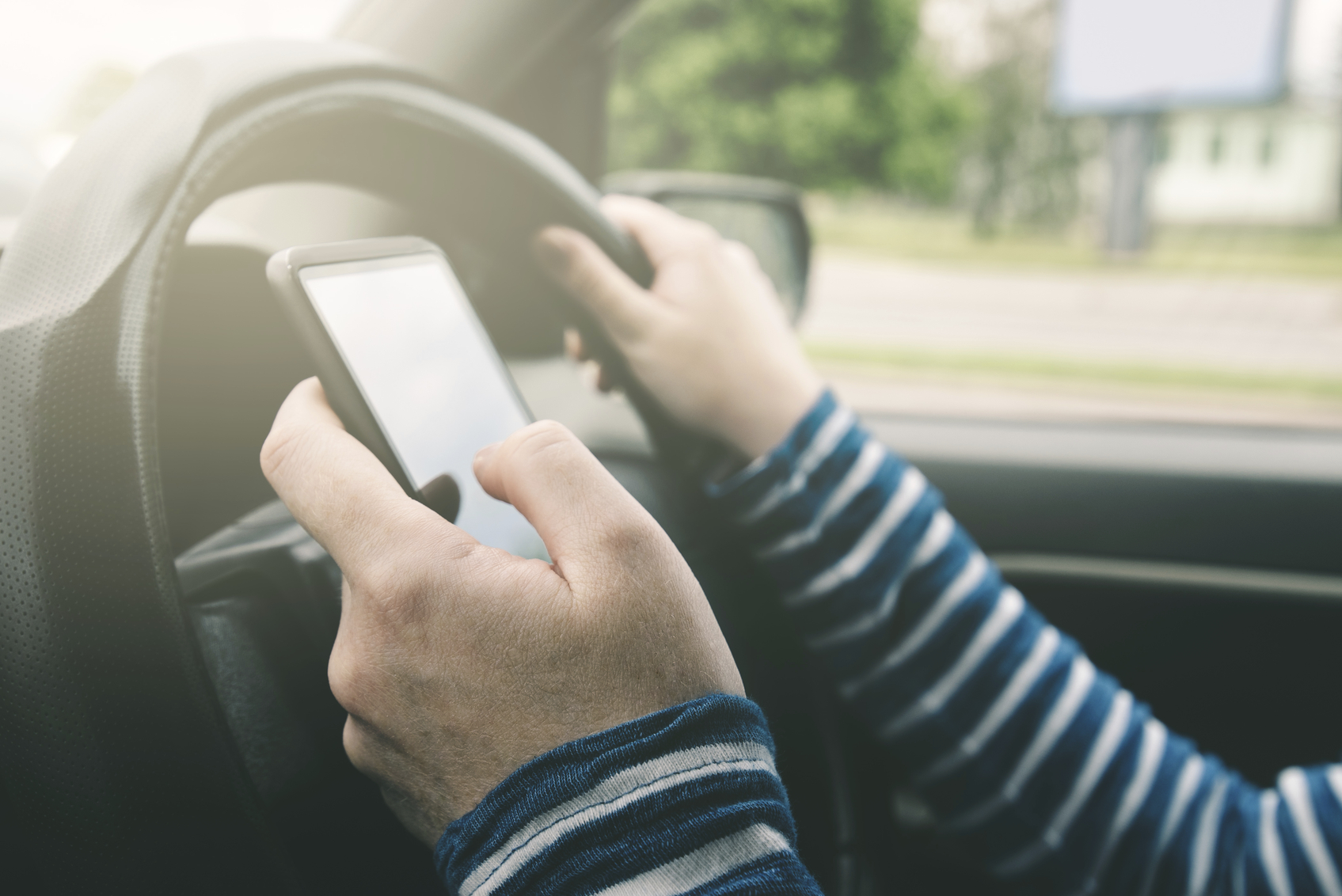The New California Cellphone Law And Negligence Cases – CA
An expanded cellphone law that its author says is designed to “prevent distracted driving” takes effect this coming January 1.
The move takes place as cellphone use while driving has expanded in California and elsewhere. As a result, CHP spokesperson Jon Sloat called the bill “welcome news” for law enforcement. Beginning in January, officers will write tickets whenever they see drivers using cellphones, whether they are talking, texting, “checking their GPS or their music,” he added. The bill’s primary sponsor was Assembly-member Bill Quirk (D-Hayward).
Last year, cellphone-related car accidents killed sixteen Californians and injured 500 others, and Officer Sloat believes these numbers are vastly under-reported.
The California Cellphone Law
When lawmakers began debating the current cellphone laws a little over a decade ago, most available devices were quite rudimentary compared to the ones of today, and the more advanced models were often priced out of reach of many drivers. Moreover, social media platforms and smartphone apps were not nearly as well-developed then as they are today. As a result, since most people still used their phones primarily for talking and texting, the Legislature passed very narrowly tailored laws to address these concerns.
In 2014, the Fifth District Court of Appeal court ruled in favor of Steven Spriggs, who received a ticket for using his cellphone to access a GPS map while he was stuck in traffic. The court ruled that since Mr. Spriggs was not talking on his phone at the time, the statute as written did not apply. “We conclude the statute means what it says — it prohibits a driver only from holding a wireless telephone while conversing on it,” the court wrote. At the time, the CHP elected not to appeal this decision, probably because the court was clearly correct in its interpretation of the narrow law.
A.B. 1785 passed by wide margins in both the Assembly and the Senate. It essentially replaces the existing “talking and texting” language with the phrase “holding or operating a handheld wireless telephone or an electronic wireless communications device.” The law also limits the use of cellphone mounts.
Direct Evidence of Negligence
When drivers are cited for violating the new Vehicle Code 23123.5, prosecutors must still prove that the driver was using the device and not checking the time, glancing at a status update, declining an incoming call, or otherwise using the device in an approved way. However, in civil court, the burden of proof is lower. So, evidence that a cellphone was on and was in the front passenger area would probably be sufficient for a reasonable juror to conclude that, more likely than not, the driver was using the device at or near the time of the crash.
It is well-settled law in California that most statutory violations, including VC 23123.5 infractions, constitute negligence per se (negligence “as such”). The elements are:
- Infraction: The jury must determine, based on the evidence, that the tortfeasor (negligent driver) violated a safety law; the jury could make such a finding even if the tortfeasor was not convicted in criminal court, because of the lower standard of proof.
- Cause: The violation must have been “a substantial factor in bringing about the harm,” which is not the same thing as the sole factor in bringing about the harm.
Violating a traffic or other law sometimes raises a presumption in favor of additional punitive damages. To obtain these damages, the plaintiff must offer clear and convincing evidence that the tortfeasor recklessly disregarded the safety and property of others, and 90 percent of drivers agree that using a cellphone while driving is a serious hazard.
Indirect Evidence
Cellphone use is one of the most dangerous kinds of distracted driving because it involves all three areas of distraction:
- Cognitive (taking your mind off the road),
- Visual (taking your eyes off the road), and
- Manual (taking at least one hand off the wheel).
This definition obviously encompasses a wide array of behaviors that may or may not cause car crashes. For example, since it involves two types of distraction (cognitive and visual), turning one’s head to speak to a passenger is almost as distracting as using a cellphone. In these situations, the jury determines if the driver breached the duty of reasonable care. In a nutshell, there is a significant difference between having an emotional face-to-face discussion with a significant other while driving and turning one’s head for a moment to ask if the air conditioner is blowing too hard.
In both direct and indirect evidence cases, compensatory damages generally include money for economic damages, such as lost wages, and noneconomic damages, such as loss of enjoyment in life and Pain and Suffering. If you’ve been injured, make sure to see our guide on how to find a good lawyer in California.

One Response